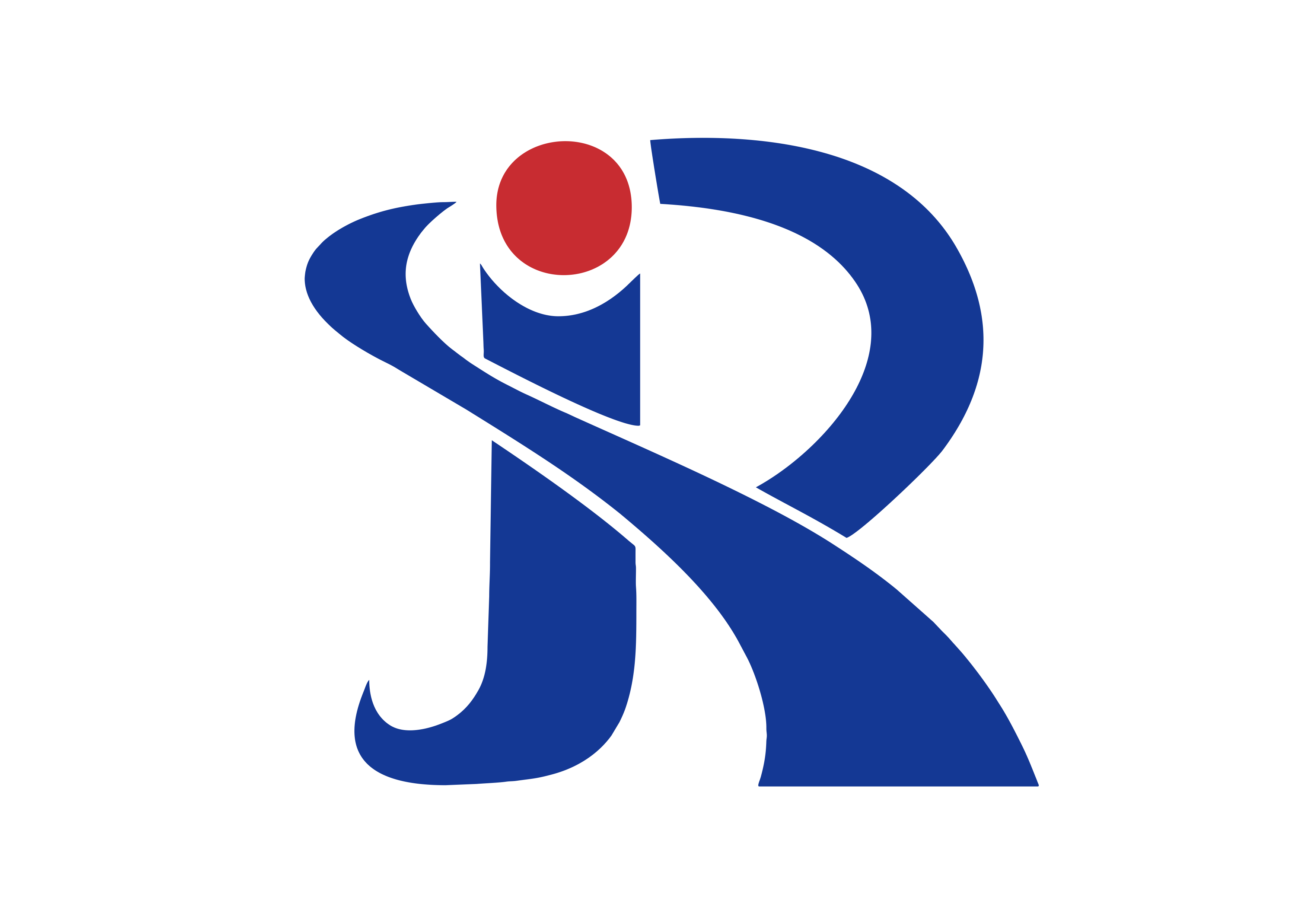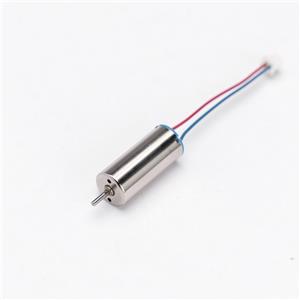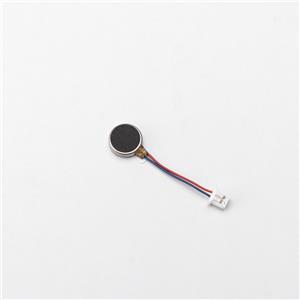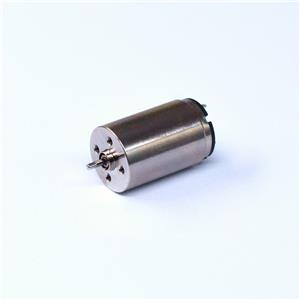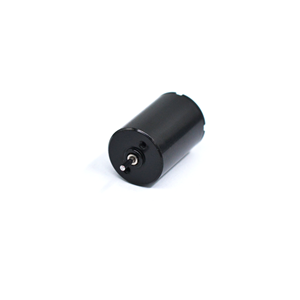Understanding High Torque DC Motors: Definition & Function
What is a High Torque DC Motor? How Does it Work?
When we think about motors, most of us imagine the common electric motors used in appliances, power tools, and vehicles. But within the broad spectrum of electric motors, high torque DC motors are essential components in a wide range of industrial, automotive, and robotics applications. These motors are designed to provide a greater rotational force (torque) at low speeds, making them incredibly versatile for tasks that require precision and power. In this article, we’ll explore what high torque DC motors are, how they work, their different types, and the benefits they bring to various industries.
What is a High Torque DC Motor?
A high torque DC motor is a type of direct current (DC) motor that generates a higher torque (rotational force) than standard motors. Torque refers to the rotational force that a motor can produce, and high torque motors are designed to provide a significant amount of power, especially at low speeds. These motors are essential when the application requires more force, such as lifting heavy loads, turning gears, or powering machinery that needs to operate under high loads.
High torque DC motors are commonly used in applications where precision, efficiency, and reliability are crucial. They differ from standard DC motors primarily due to their design, which incorporates larger armatures and stronger magnetic fields to generate more torque. These motors often require specialized controllers to ensure that they perform optimally, offering both high torque output and consistent performance.

How High Torque DC Motors Work
High torque DC motors operate on the basic principles of electromagnetism. When a current flows through a wire coil placed within a magnetic field, it experiences a force that causes it to rotate. In a DC motor, this current is supplied from a direct current source, typically a battery or a power supply, which enables the motor to function.
The key components of a high torque DC motor are:
Stator: This is the stationary part of the motor that generates the magnetic field. It consists of magnets (permanent or electromagnets) and provides the field that the armature interacts with.
Armature (Rotor): The armature is the rotating part of the motor. It is a coil of wire that spins within the stator’s magnetic field when current is applied.
Commutator: This is a mechanical switch that reverses the direction of current flow through the armature, ensuring that the motor keeps rotating in the same direction.
Brushes: These are conductive materials that maintain electrical contact with the commutator. Brushes allow the current to flow into the armature and generate rotational force.
In a high torque DC motor, the armature and stator are designed for higher efficiency and larger torque generation. The armature is typically made with thicker wire, and the stator often includes stronger magnets or an enhanced electromagnetic field to produce more rotational force. This design enables the motor to handle heavier loads without losing performance.
Types of High Torque DC Motors
There are several types of high torque DC motors, each designed for specific applications based on factors like size, power requirements, and speed control. Let’s look at the most common types:
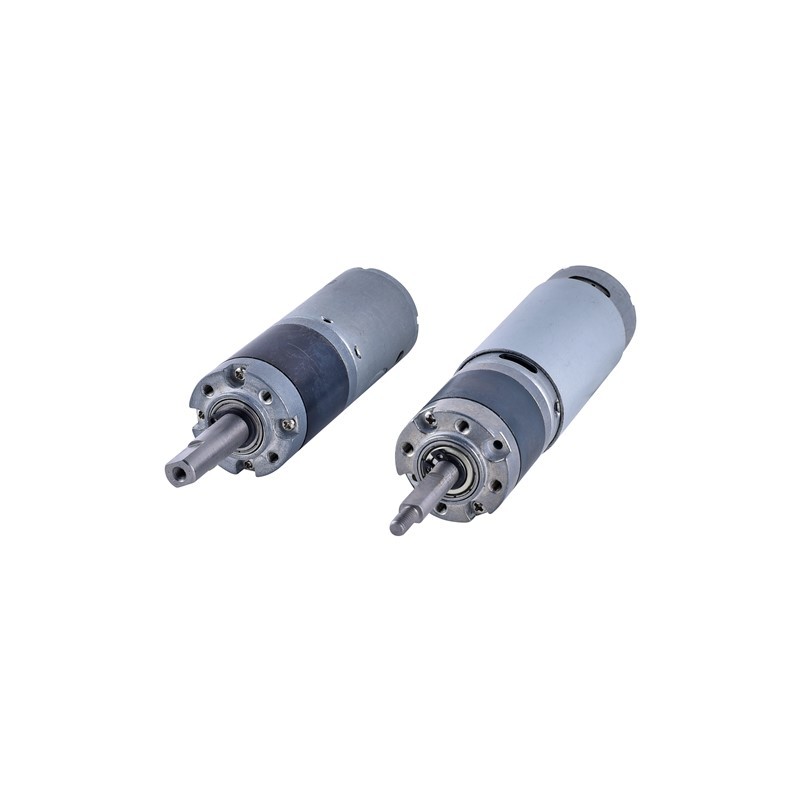
Brushed DC Motors:
These are the traditional DC motors and are widely used due to their simplicity and cost-effectiveness. Brushed DC motors use brushes and a commutator to transfer electrical energy to the armature. While they are less efficient than brushless models and require more maintenance, they are still highly suitable for applications requiring moderate torque at lower speeds.
Brushless DC Motors (BLDC):
Brushless DC motors are more advanced and efficient than brushed motors. As the name suggests, they don’t use brushes or a commutator. Instead, they use an electronic controller to manage the current flow to the armature. This design eliminates friction losses caused by brushes, improving efficiency and increasing the motor's longevity. Brushless DC motors are commonly used in applications where high torque and high efficiency are needed, such as in robotics, drones, and electric vehicles.
Permanent Magnet DC Motors:
These motors use permanent magnets in the stator to create the magnetic field. They are generally smaller in size and provide good torque output at lower speeds. Permanent magnet motors are often used in consumer electronics, automotive applications, and small-scale industrial machinery.
Series Wound DC Motors:
Series wound motors have the armature and field windings connected in series, meaning that the same current flows through both parts. These motors are capable of delivering a very high starting torque, making them ideal for heavy-duty applications like cranes, winches, and power tools that require substantial torque when starting.
Shunt Wound DC Motors:
In shunt wound motors, the field winding is connected in parallel with the armature, which provides more consistent torque across various speeds. These motors are ideal for applications where steady speed and moderate torque are needed, such as in conveyor belts or ventilation systems.
Advantages of High Torque DC Motors
High torque DC motors offer numerous advantages, particularly for applications where precision and power are crucial. Some of the key benefits include:
High Starting Torque:
High torque DC motors are capable of providing excellent starting torque, making them ideal for applications that require a substantial amount of force to get started, such as in lifts, winches, or large machinery.
Variable Speed Control:
These motors can be easily controlled to operate at different speeds by adjusting the voltage or current supplied to the motor. This flexibility makes high torque DC motors suitable for a wide range of applications that need precise speed control.
Efficient Power Consumption:
High torque DC motors, especially brushless types, are highly efficient, converting electrical energy into mechanical energy with minimal loss. This efficiency can result in lower energy consumption and reduced operational costs in the long run.
Compact Design:
High torque DC motors are generally compact and lightweight for the amount of power they deliver. This makes them suitable for applications where space is limited, such as robotics, drones, and electric vehicles.
Reliability and Durability:
These motors are built to last and can operate continuously under heavy loads without significant wear and tear. Brushless DC motors, in particular, have no brushes that wear out, increasing their lifespan and reducing maintenance requirements.
Smooth Operation:
DC motors, especially brushless types, provide smooth and quiet operation, making them ideal for sensitive applications where noise and vibration need to be minimized, such as in medical equipment or high-end consumer electronics.
Wide Application Range:
High torque DC motors are used in many industries, including automotive, robotics, aerospace, and industrial machinery. Their versatility makes them suitable for a broad range of applications, from powering electric vehicles to driving robotic arms in assembly lines.
Conclusion
High torque DC motors play a critical role in many industries, offering the perfect balance of power, efficiency, and control. Whether you're looking to power heavy machinery, create a precise robotic system, or develop a high-performance electric vehicle, high torque DC motors are an ideal solution. By understanding how they work, the types available, and the advantages they offer, you can make an informed decision when selecting the right motor for your application.
With advancements in motor technology, high torque DC motors continue to improve in terms of efficiency, reliability, and performance, offering new possibilities in design and functionality. Whether you're designing for the industrial sector or working on a cutting-edge consumer product, these motors provide the power and precision required for modern applications.
